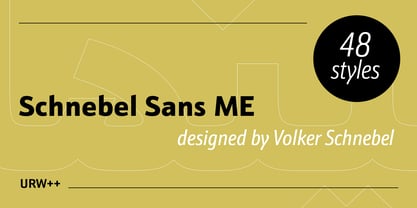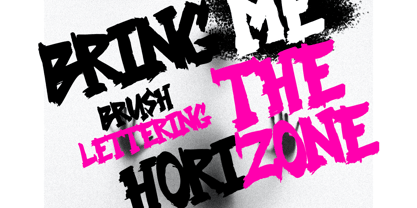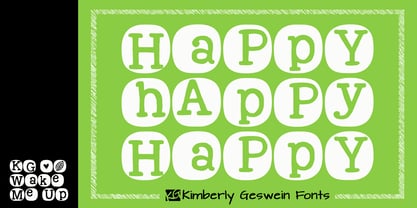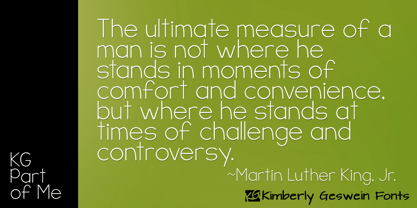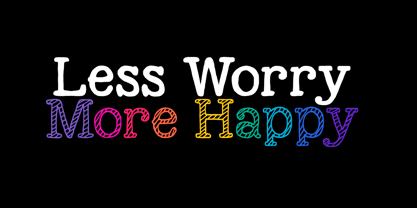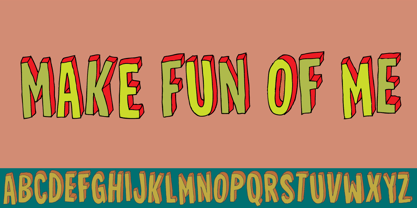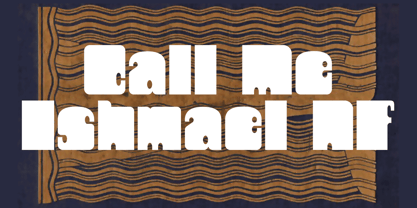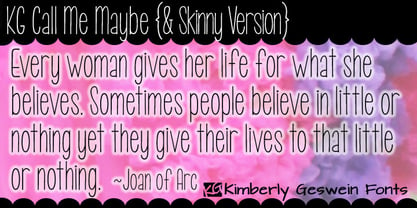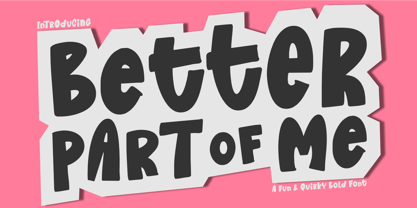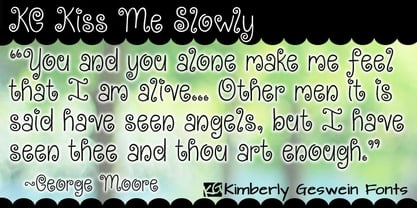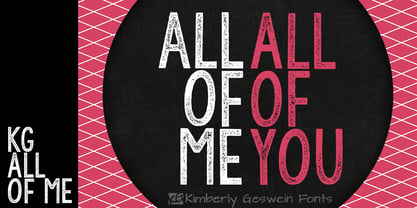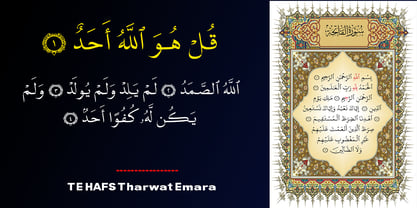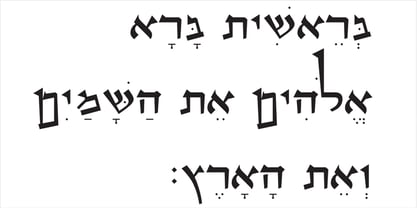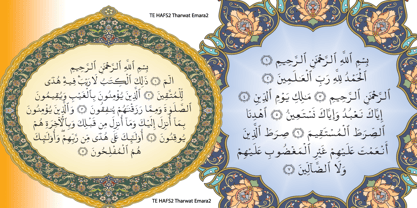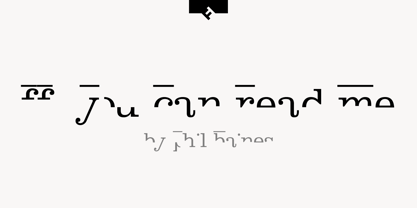3,961 search results
(0.03 seconds)
- Stay With Me by PizzaDude.dk,
$20.00 - FS Me Paneuropean by Fontsmith,
$90.00 - Pardon Me Boy! by Greater Albion Typefounders,
$8.00 - Schnebel Sans ME by URW Type Foundry,
$35.99 - TE Alnaskh Quraan by Tharwat Emara,
$10.00 - NOW YOU SEE ME - Personal use only
- Give Me The Scoop - Unknown license
- KG Kiss Me Slowly - Personal use only
- KG Part of Me - Personal use only
- She Paints Me Blue - Personal use only
- KR Floral Color Me - Unknown license
- KR Christmas Color Me - Unknown license
- Bring Me The Horizon by Struggle Studio,
$20.00 - KG Wake Me Up by Kimberly Geswein,
$5.00 - Shiver Me Timbers NF by Nick's Fonts,
$10.00 - KG Part Of Me by Kimberly Geswein,
$5.00 - KG Next To Me by Kimberly Geswein,
$5.00 - Make Fun Of Me by PizzaDude.dk,
$20.00 - Call Me Ishmael NF by Nick's Fonts,
$10.00 - KG Call Me Maybe by Kimberly Geswein,
$5.00 - Better Part Of Me by Epiclinez,
$18.00 - Dont Bug Me JNL by Jeff Levine,
$29.00 - KG Kiss Me Slowly by Kimberly Geswein,
$5.00 - KG All Of Me by Kimberly Geswein,
$5.00 - TE Hafs by Tharwat Emara,
$49.00 - OL Hebrew Qumran Torah by Dennis Ortiz-Lopez,
$30.00 - TE HAFS2 Tharwat Emara2 by Tharwat Emara,
$49.00 - Just Me Again Down Here - Personal use only
- KG God Gave Me You - Personal use only
- Just Me Again Down Here - Personal use only
- KR Floral Color Me 2 - Unknown license
- Hand Me Down S BRK - 100% free
- Hand Me Down O (BRK) - Unknown license
- Hand Me Down O BRK - Unknown license
- Hand Me Down S (BRK) - Unknown license
- FF You Can Read Me by FontFont,
$41.99 - KG God Gave Me You by Kimberly Geswein,
$5.00 - Batman Beat the hell Outta Me - Unknown license
- KG Just Give Me A Reason by Kimberly Geswein,
$5.00 - Janda As Long As You Love Me - Personal use only

